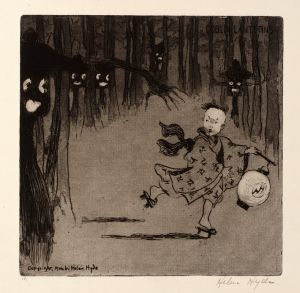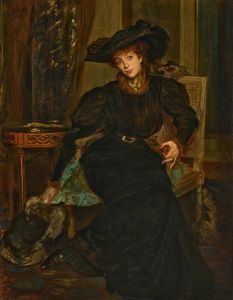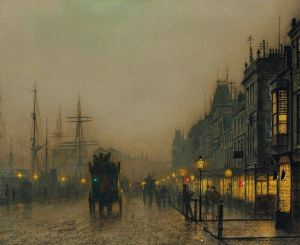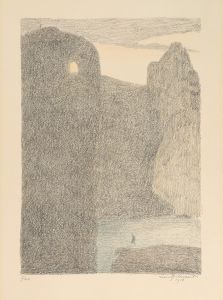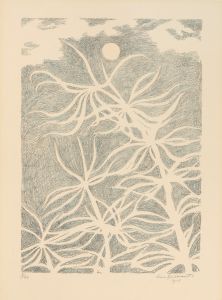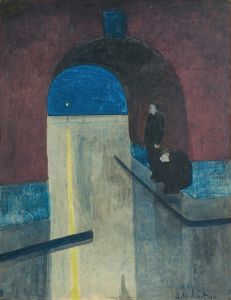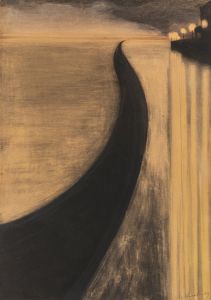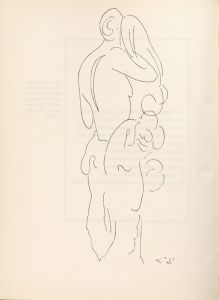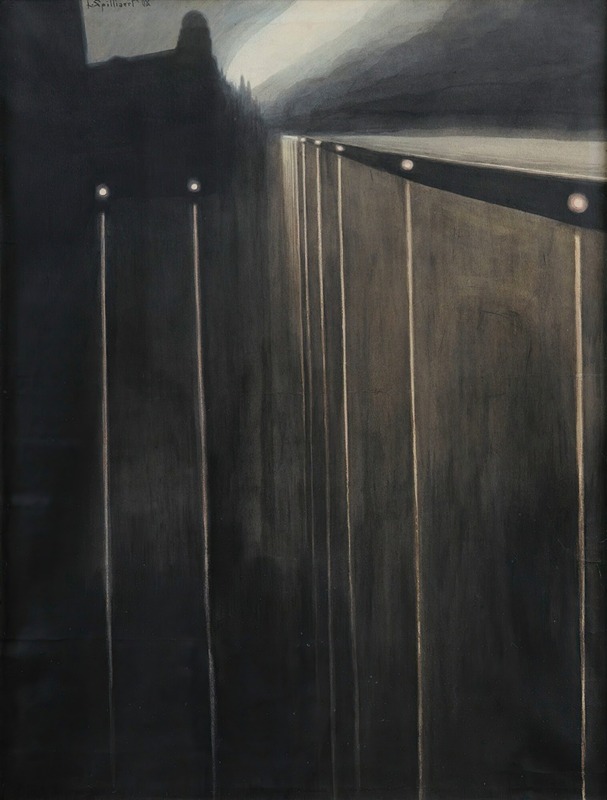
Digue D’ostende Aux Réverbères
A hand-painted replica of Léon Spilliaert’s masterpiece Digue D’ostende Aux Réverbères, meticulously crafted by professional artists to capture the true essence of the original. Each piece is created with museum-quality canvas and rare mineral pigments, carefully painted by experienced artists with delicate brushstrokes and rich, layered colors to perfectly recreate the texture of the original artwork. Unlike machine-printed reproductions, this hand-painted version brings the painting to life, infused with the artist’s emotions and skill in every stroke. Whether for personal collection or home decoration, it instantly elevates the artistic atmosphere of any space.
Léon Spilliaert's painting "Digue d’Ostende aux Réverbères" (translated as "The Dyke of Ostend with Streetlights") is a notable work by the Belgian Symbolist artist. Created in 1908, the painting reflects Spilliaert's distinctive style, characterized by a moody atmosphere, stark contrasts, and a sense of solitude. Spilliaert often drew inspiration from his surroundings, and this work is no exception, as it depicts the coastal promenade of Ostend, a city on the Belgian coast where the artist spent much of his life.
The painting portrays a desolate seafront scene, with the dyke stretching into the distance under a dark, brooding sky. The streetlights, which are a central feature of the composition, cast long reflections on the ground, adding to the eerie and melancholic mood. Spilliaert's use of muted tones and sharp lines enhances the sense of isolation and introspection that is often associated with his work. This piece is emblematic of his ability to capture the emotional resonance of a place, transforming a seemingly ordinary setting into a deeply evocative image.
"Digue d’Ostende aux Réverbères" is executed in gouache and watercolor on paper, mediums Spilliaert frequently used to achieve the delicate interplay of light and shadow that defines his style. The painting is part of a broader body of work in which Spilliaert explored themes of loneliness, existential reflection, and the sublime power of nature. His fascination with the sea and the coastal landscape of Ostend is evident in many of his works, which often feature empty streets, vast skies, and the interplay between man-made structures and the natural environment.
Léon Spilliaert (1881–1946) was a self-taught artist whose work is associated with Symbolism and early Expressionism. Although he was not formally part of any artistic movement, his work shares affinities with the introspective and dreamlike qualities of Symbolist art. Spilliaert's unique vision and innovative techniques have earned him recognition as one of Belgium's most important modern artists.
"Digue d’Ostende aux Réverbères" is housed in the collection of the Musée d'Orsay in Paris, France. The museum, known for its extensive collection of 19th- and early 20th-century art, provides an appropriate context for appreciating Spilliaert's contribution to modern art. The painting continues to be celebrated for its haunting beauty and its ability to evoke a profound emotional response in viewers.






